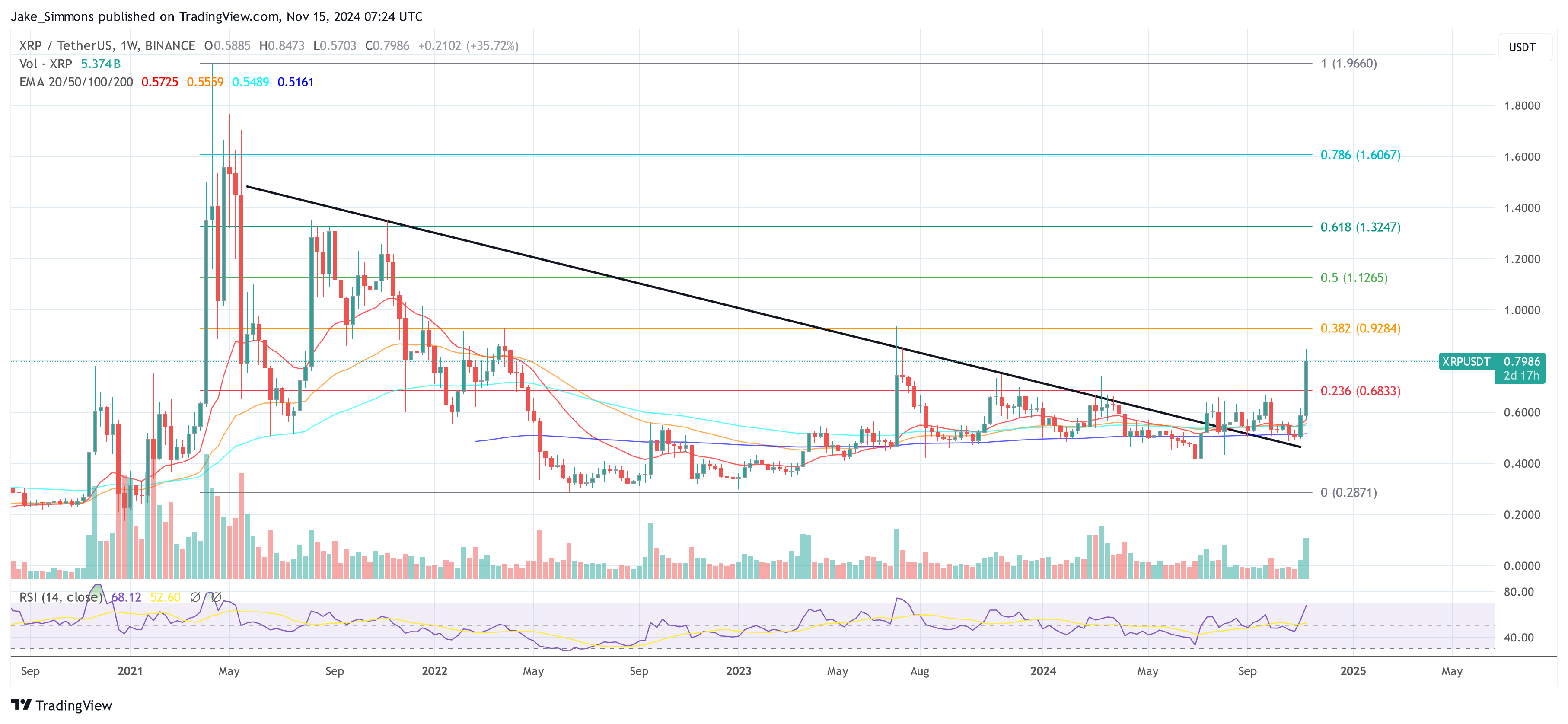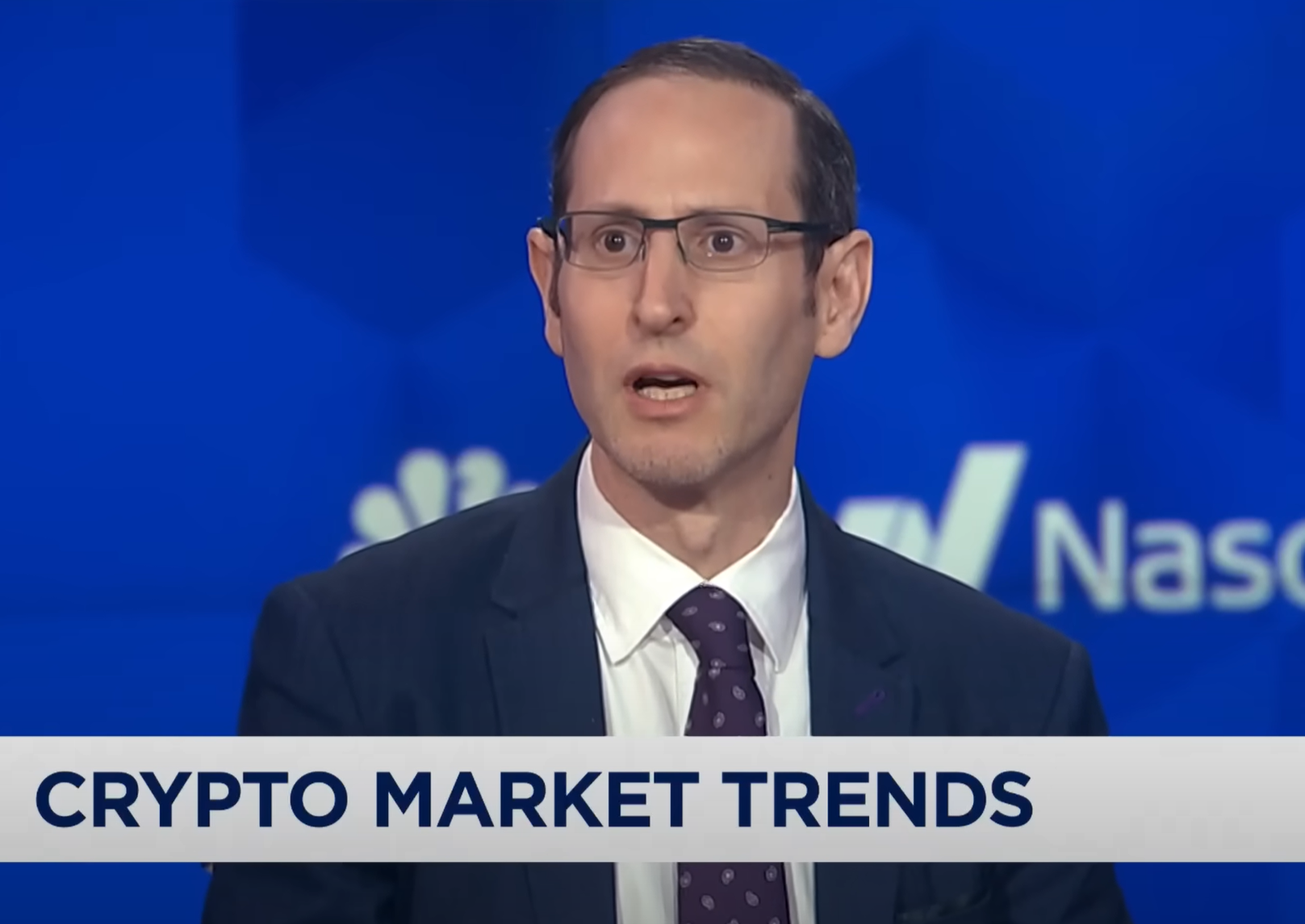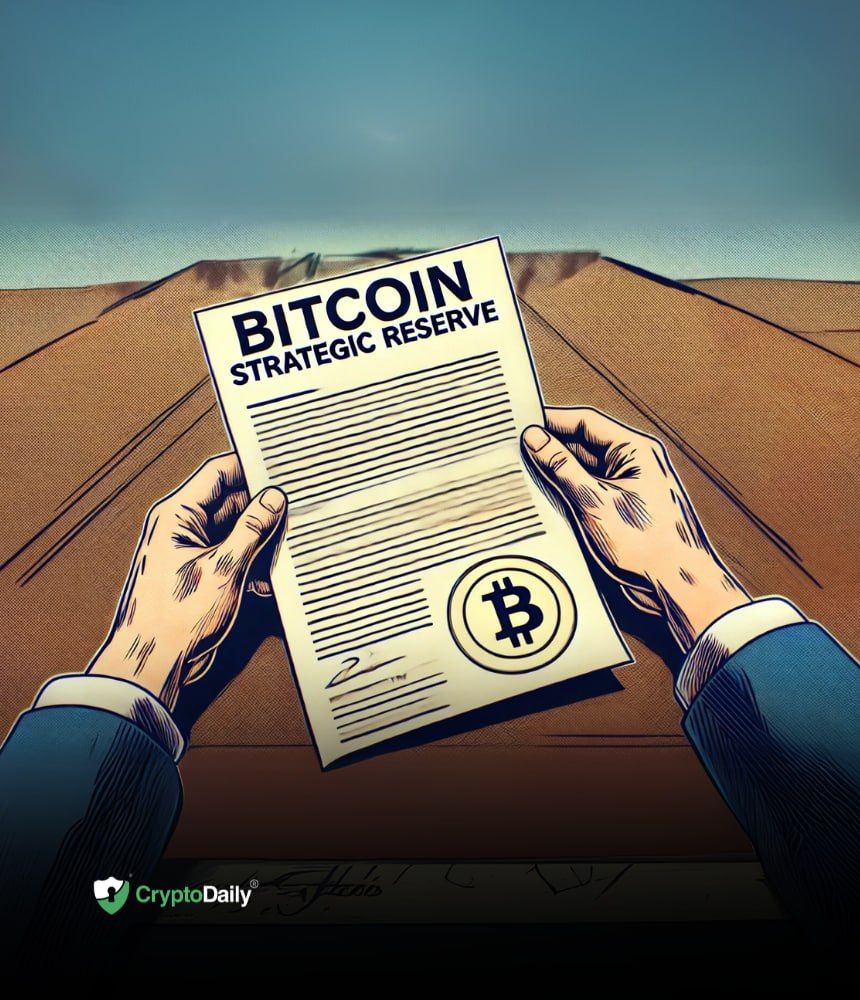Christian Catalini, chief economist of the planned digital stablecoin Diem, said that his organisation would phase out the Diem as soon as a Federal Reserve issued central bank digital currency (CBDC) came into being.
The Diem, formerly the Libra, is an association of 26 financial companies that aims to roll out a stable coin later this year, that will be pegged to the dollar. It is built on blockchain technology and aims to enable instant, open and low-cost movement of money.
Its precursor, the Facebook backed Libra, ran into fierce opposition from policy makers, who feared it would usurp control of the monetary system, and given Facebook’s poor history in certain areas, put user’s privacy at risk.
Therefore, in order to receive regulatory approval, the project has been rebranded and is no longer controlled by Facebook, but by a collection of companies. Facebook’s digital wallet Novi, being one of them.
“Diem has committed to fading out, for example, Diem dollar, if there were such a thing as a digital dollar issued by the Fed,”
Said Christian Catalini,
“The public sector has a large comparative advantage in developing anything that has to do with stability, money, value preservation and macroprudential policy. We don’t want to change that. In fact, we want to build on and take advantage of that infrastructure to accelerate use cases for consumers both domestically and also globally.”
The Diem association has targeted the areas of privacy and competition in order to make its digital stablecoin more acceptable. Catalini explained his thinking here:
“This is a technology that is innovating on the privacy landscape when it comes to selective disclosure and what you can really do with it,” And “Diem is going to be privacy by design, and we also want to encourage privacy as a dimension of competition on the network.”
On the possibility of connecting Diem with DeFi, Catalini remarked:
“There’s a lot of innovation in that space,” he said. “But at the same time, when you tag on DeFi on top of a stablecoin, what you are essentially doing is reintroducing leverage into a system that is meant to be one-to-one backed. And that’s something that we don’t want on the Diem ecosystem.”
Disclaimer: This article is provided for informational purposes only. It is not offered or intended to be used as legal, tax, investment, financial, or other advice.
Credit: Source link























